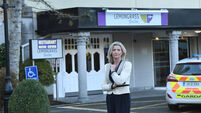Ireland’s empty towns: Even Tipp’s flourishing towns are blighted by vacant properties
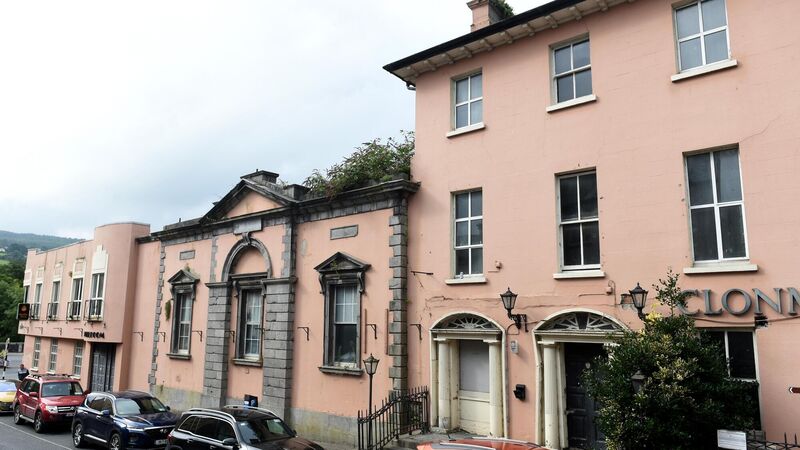
Plans have been submitted to Tipperary County Council by Michael Ryan and Michael Cronin for the redevelopment of the vacant Clonmel Arms Hotel. Picture: Larry Cummins
Proactive local authority policies and the work of strong community groups have seen dereliction kept at reasonable levels in Tipperary — particularly when compared with the county’s worryingly high levels of vacancy.
Between Nenagh, Clonmel, Carrick-on-Suir, and Tipperary Town, there are just 14 properties listed on the Derelict Sites register.
However, the willingness of Tipperary County Council (TCC) to engage with owners is clear when looking at the figures. TCC is currently in the process of investigating or engaging with the owner of properties at 71 sites across the four towns. This is a policy that has proven effective, particularly in recent years.
Since 2019, across the four towns, 23 properties at risk of being included on the Derelict Sites Register were remediated by engaging with owners. A further eight properties were remediated and removed from the Derelict Sites Register in the same period.
To date, in the four towns examined, TCC has compulsory purchase ordered (CPO) one property, and is currently in the process of actively investigating the compulsory purchase of a further three properties. They have been more likely to use derelict site levies, with figures released through a parliamentary question showing that Tipperary County Council is owed €40,568 in unpaid levies in 2019.
According to the local authority’s vacant homes officer, Tony O'Neill, there are 741 vacant properties across the four towns. These are broken down into 346 commercial vacancies and 395 residential vacancies. However, according to Mr O’Neill, these figures do not paint the full picture.
“For example, in Nenagh, there are over 70 units identified as vacant, but it is the one scheme and they are actively being worked on at present. In Carrick-on-Suir, 18 units are either completed or under renovation at present. There is a similar pattern across the other towns,” he explained.
Increased activity in terms of vacancy in recent times is “certainly positive", he said. However, for Nenagh resident Damian O’Donoghue, the vacant properties are a kick in the teeth to those looking for homes.
There are 28 people in emergency accommodation in Tipperary, according to the Department of Housing’s monthly homelessness report.
Independent councillor Seamus Morris believes the housing situation is only getting worse for Nenagh, as an influx of people, spurred by the ability to work from home is driving up prices and crippling the supply further — meaning, for him, that a “ferocious crisis” is on the horizon.
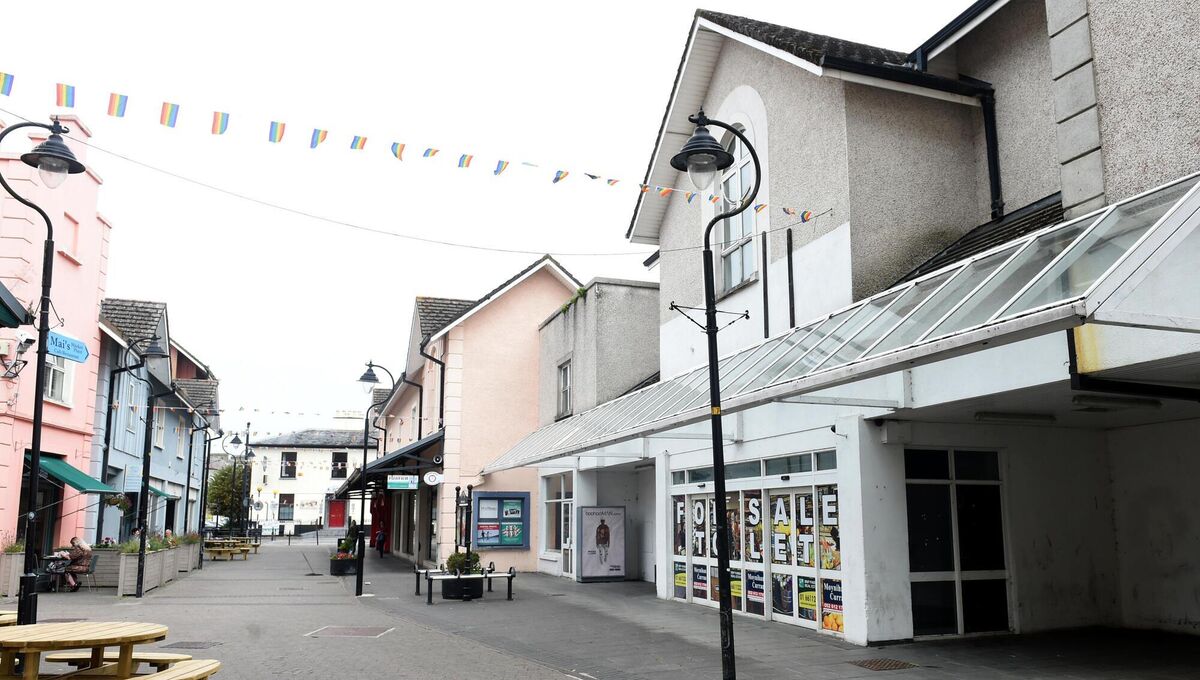
In Tipperary Town, vacancy is rampant, with a 31% vacancy rate of commercial premises in the town centre. Local county councillor Tony Black, and Michael Begley, the manager of the Tipperary Town Revitalisation Task Force, both say this is due to the closure of larger industries in the town and to the death of traditional occupations.
For Mr O’Neill, vacancy in these towns comes down to a number of issues.
“In town centres, vacancy over shops is common and can be a legacy of shop owners moving to other residential locations. In a lot of these instances, access can then be an issue as tenants are not in a position to access upstairs through the shop,” he said.
“In other areas, the transfer of property from one generation to the next can create issues that are difficult to resolve for families with inheritance complications, significant renovation and upgrade costs,” he added.
As well as this, Mr O’Neill said, the last financial crash has left properties in the control of banks, something which still hasn’t been resolved.
He stressed the importance of encouraging turnaround on vacant properties, the identification of owners through a national register, and of repurposing town centres for working from home hubs with a mix of accommodation, offices, and support units.
He also said that extending the living city initiative to larger towns throughout the State could help, as well as the redevelopment of selected derelict town centre areas through national funding.
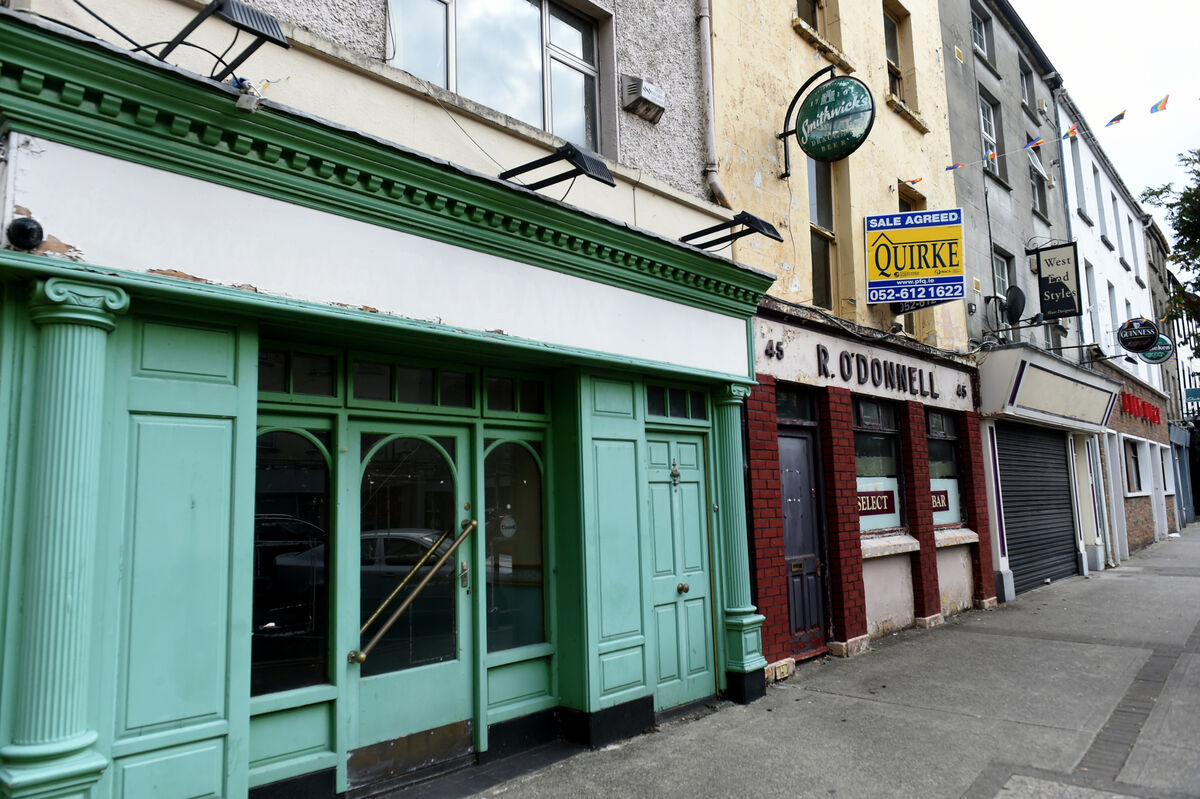
Ronan Quirke doesn't hold back. He moves outside his O'Connell St pharmacy in Clonmel and begins totting up the vacant premises along the town's commercial centre.
"That's a charity shop, that's vacant, vacant. Then Lifestyle, me, coffee shop, gift shop, footwear, vacant, vacant, vacant, vacant, vacant, vacant. Now we turn," he says, rattling off more vacant buildings as he looks up the street, quickly passing double figures.
The total number of vacant commercial properties on O'Connell St stands at 19 at last count — almost one in six of the town's entire total of commercial vacants, which stands at 127.
The street should be stronger economically, thanks to its "abundance of sky" and width, not to mention the "extraordinary privilege" of major employers existing in the wider area through the likes of Abbott Vascular, MSD, Boston Scientific, and Bulmers.
Instead, anyone shopping on the street faces a battle, Mr Quirke firmly believes. "Take parking," he says, referring to the one-way street: "We have herringbone spaces which mean when you want to leave your space, you need to reverse out, and that immediately clogs up the street."
The size of the spaces means smaller footpaths, making it narrower than it needs to be, he says. But any part of a reworking would also require deciding on what to do on the spaces that exist above the shops.
Mr Quirke now uses the upper floors of the pharmacy's building as apartments, gearing them towards young professionals who have taken up work in the area's factories. He found there wasn't much incentive for the work on these, with some subsidy provided from the building's new green credentials.
One shopper, Mags Ryan, says many of her own friends prefer the bigger shops on the outskirts of town:
Further down the street is O'Gorman's drapery and clothes shop, which has traded on O'Connell St for the past 99 years. There, John O'Gorman, third generation, says that while Clonmel has much to offer, it needs "a kickstart" in the form of a multimillion-euro regeneration plan which has been awaiting government funding.
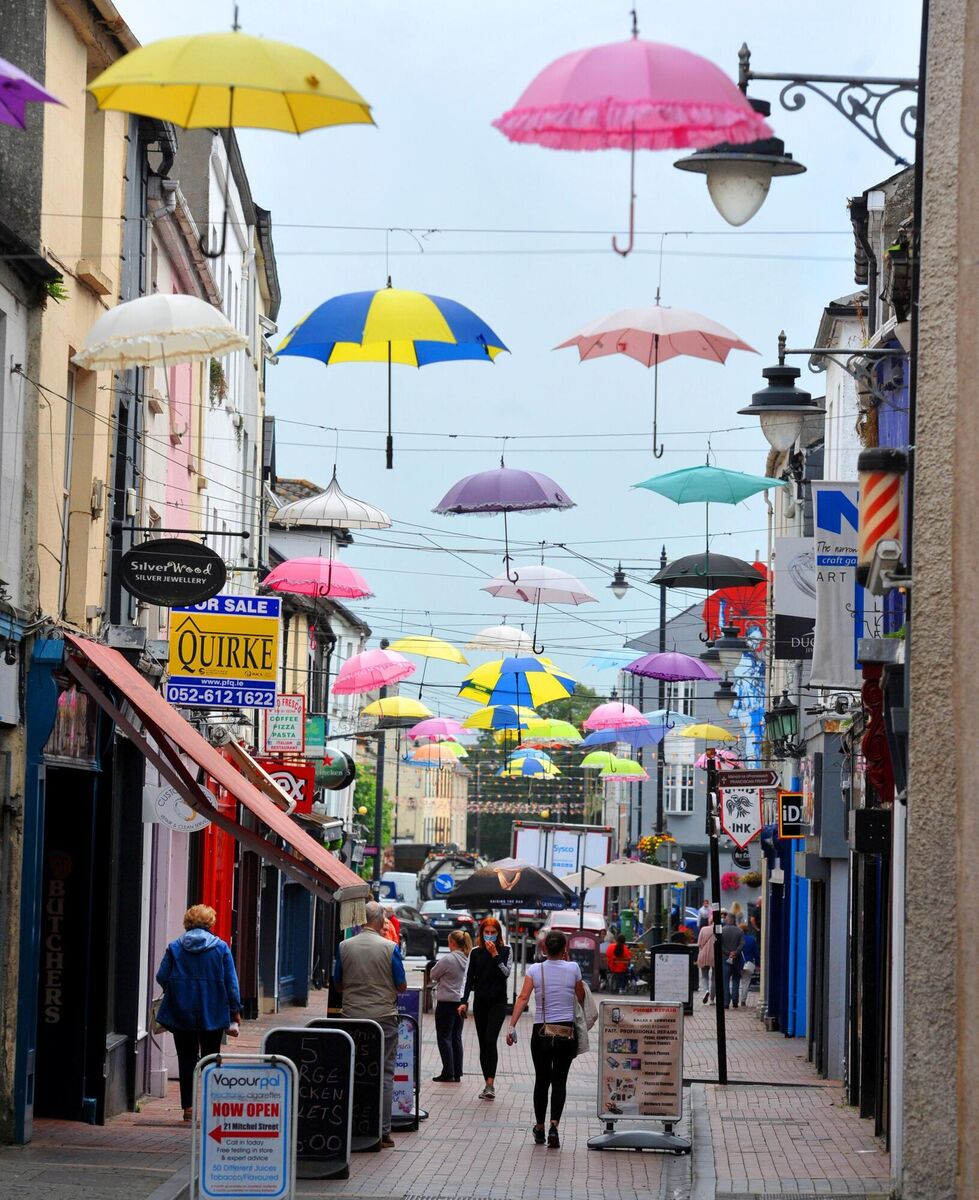
A planning application for the old Clonmel Arms Hotel has drawn interest, and there's a hope that similar developments would mean more footfall can make it back to the town's centre, Mr O'Gorman says:
O'Connell St is bookended by the town's historic entrance, the West Gate, and the arches at the Main Guard, a former base for troops which has recently become the setting of outdoor dining.
Aimee Pollard says there's been a clear determination by some to take advantage of Covid, and make use of spaces along the street. She works at the appropriately-named Bunker, which seated its customers underground in normal times, but which has since taken up space in the Main Guard, she says.
Fixing the town centre's economic problems is viewed as the main way of tackling vacancy on O'Connell St and its surrounding streets. Tipperary County Council told the that it is "actively investigating or engaging" with owners of 12 properties in Clonmel, ahead of placing those sites on the derelict sites register. There are six currently on the register.
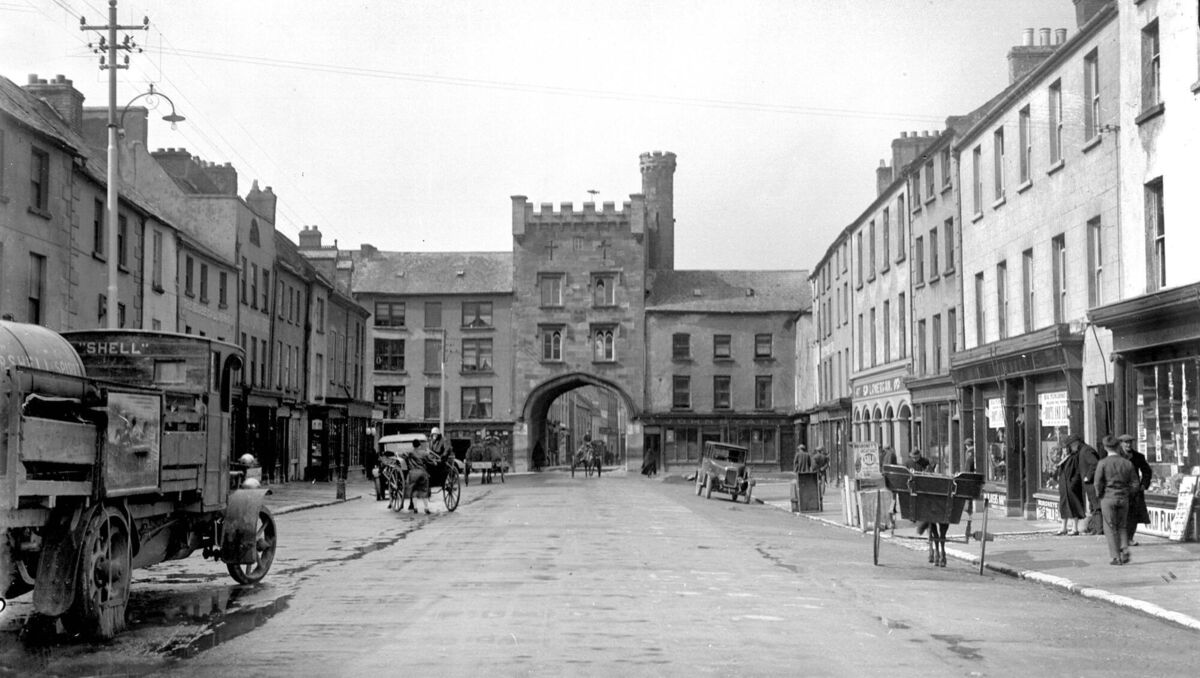
One building that was prevented from going derelict in recent years is Place4U, a former Sisters of Charity convent which now caters for eight community groups and charities. Richie Molloy's office is on the third floor, where he carries out his work with Family Carers Ireland's local branch. Over the past year, he has come across a number of breakups in families with children who have additional needs:
Mr Molloy, who is also an Independent councillor, says there is an "official stance" that there are "no or very few homeless" people in Clonmel, but he believes the real situation is masked by people couch surfing rather than living on the streets.
From his office window, you can see some of the local authority's work to provide homes geared to meet that need. On William St, a derelict site is being redeveloped with four new units to restore the streetscape for new residents, while in the Ard Na Gréine housing estate, an existing derelict four-bedroom dwelling is being demolished and replaced by two new one-bedroom units on the same footprint.
"It's still very small though in terms of numbers," says Mr Molloy. "I think people are exasperated and you'd get disillusioned quite quickly."
Read More
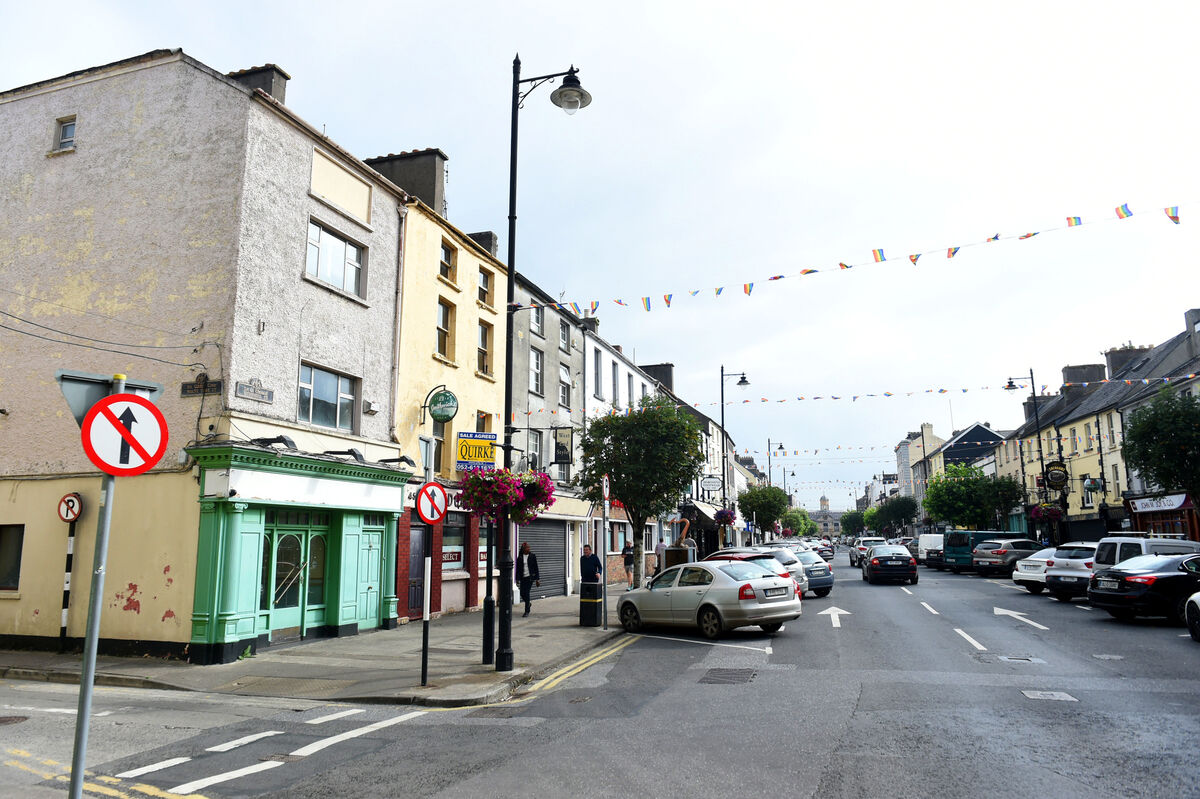
Rich in history, the busy market town of Nenagh has an appealing hustle to it. Its pace is more like that of a small city than a traditional Irish town. Founded with the construction of Nenagh Castle in 1216, the town now has a population just shy of 9,000.
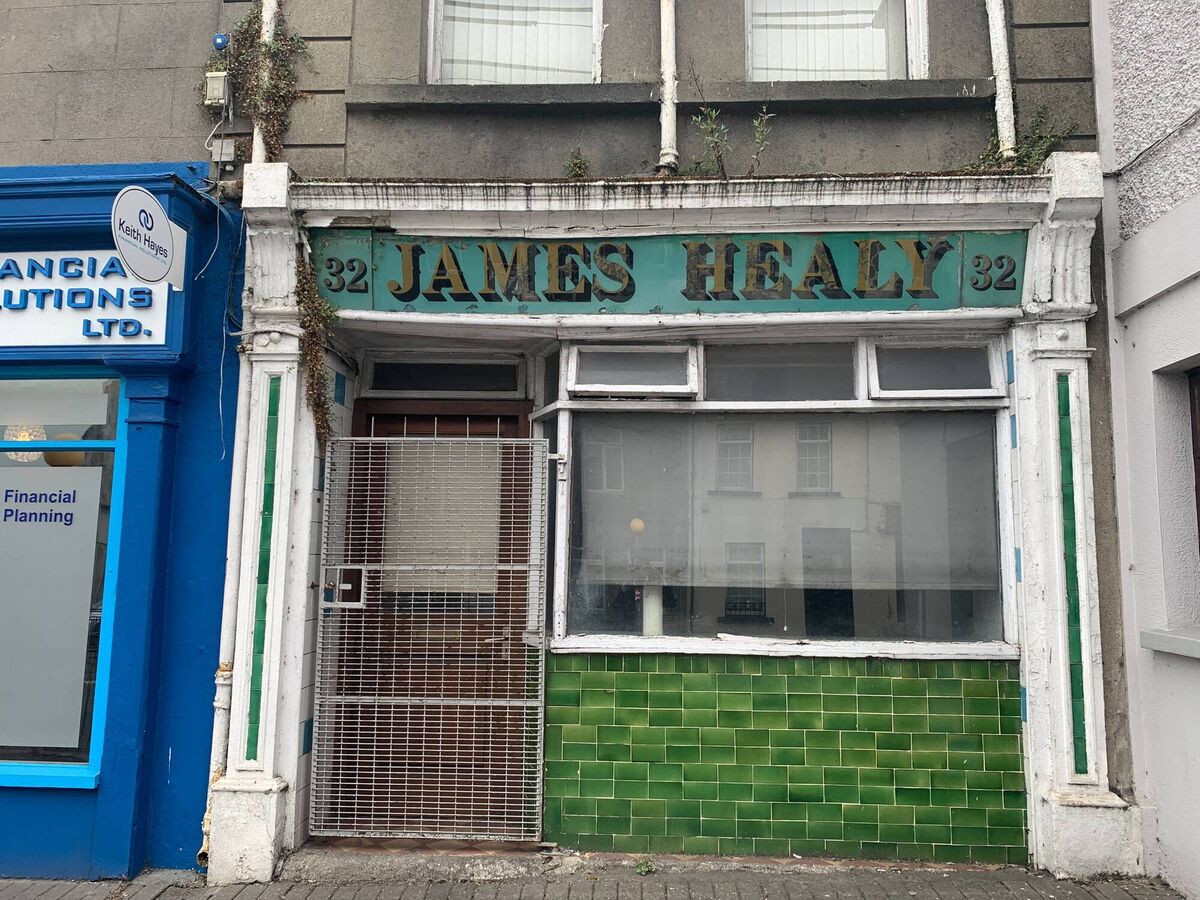
Yet, despite its busy shops, full cafés, and bustling restaurants, there is a noticeable collection of vacant buildings. Some of the 240 vacant properties seem locked in a state of unfortunate antiquity, while others appear as though they are not closed at all, as if the owner has popped out for five minutes on an errand and hasn’t returned.
The town’s vacancy problem seems to far outweigh its dereliction issues. County Council figures show there are 164 residential vacancies and 76 commercial vacancies. However, according to vacant homes officer Tony O’Neill, the figures don’t tell the whole story. Over 70 of those units identified as vacant are part of one scheme and they are actively being worked on at present.
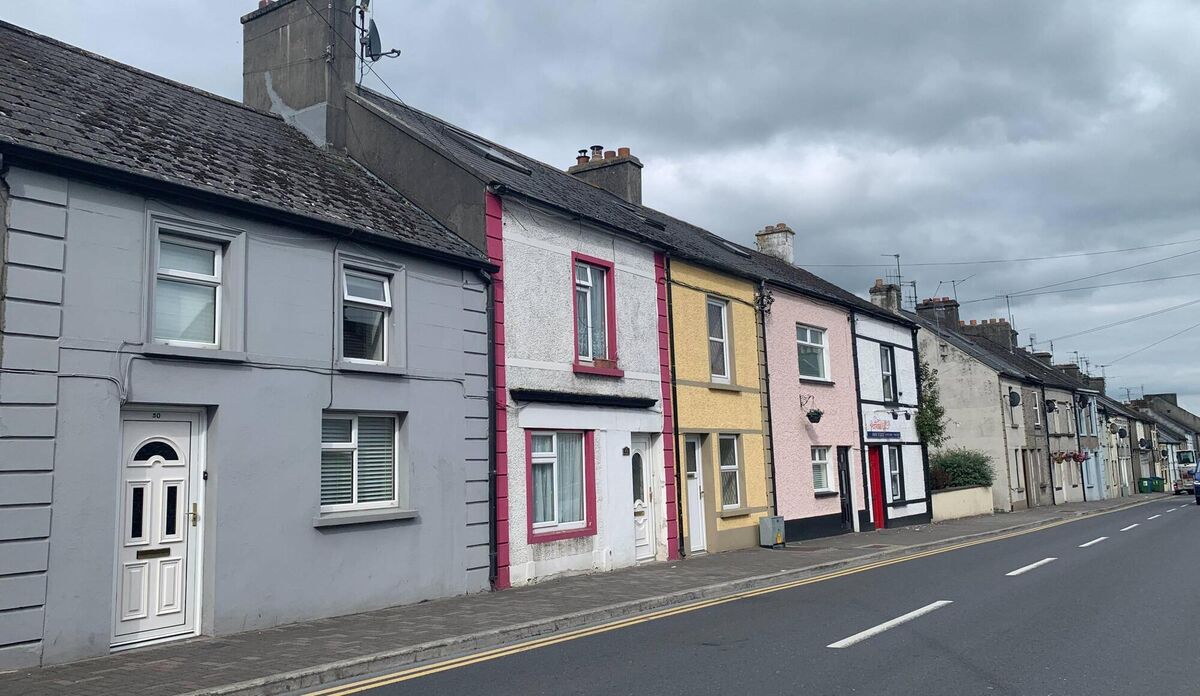
That’s because Nenagh is in crisis — it doesn’t have enough homes to comfortably and stably house its population.
Independent councillor Seamus Morris says the increase in remote workers wanting to live in Nenagh is driving up rent prices and putting pressure on the already strained housing supply.
“We are hitting a ferocious crisis, where we have hardworking people who have been doing their best, but we don’t have properties for them. There's literally nothing out there to rent,” Mr Morris says.
A search on Daft.ie reveals that, at the time of writing, there were only three properties to rent in Nenagh, and a further 22 properties for sale.
Local Sinn Féin representative, Damian O’Donoghue, who has campaigned repeatedly on the topic of housing, says these vacant and derelict properties are a kick in the teeth to those looking for housing, noting that there are nearly 800 on the social housing waiting list for the area. Tipperary County Council was unable to verify this figure.
“There's an awful lot of people who don't have houses, and they see these vacant properties and it's demoralising,” Mr O’Donoghue says, adding that those attempting to buy houses are struggling too.
“To see empty houses, and empty businesses, it has a negative effect. Socially, economically and even just visually. It gives off an aura of deterioration, which just discourages new businesses and visitors and lowers the morale of an area,” he added.
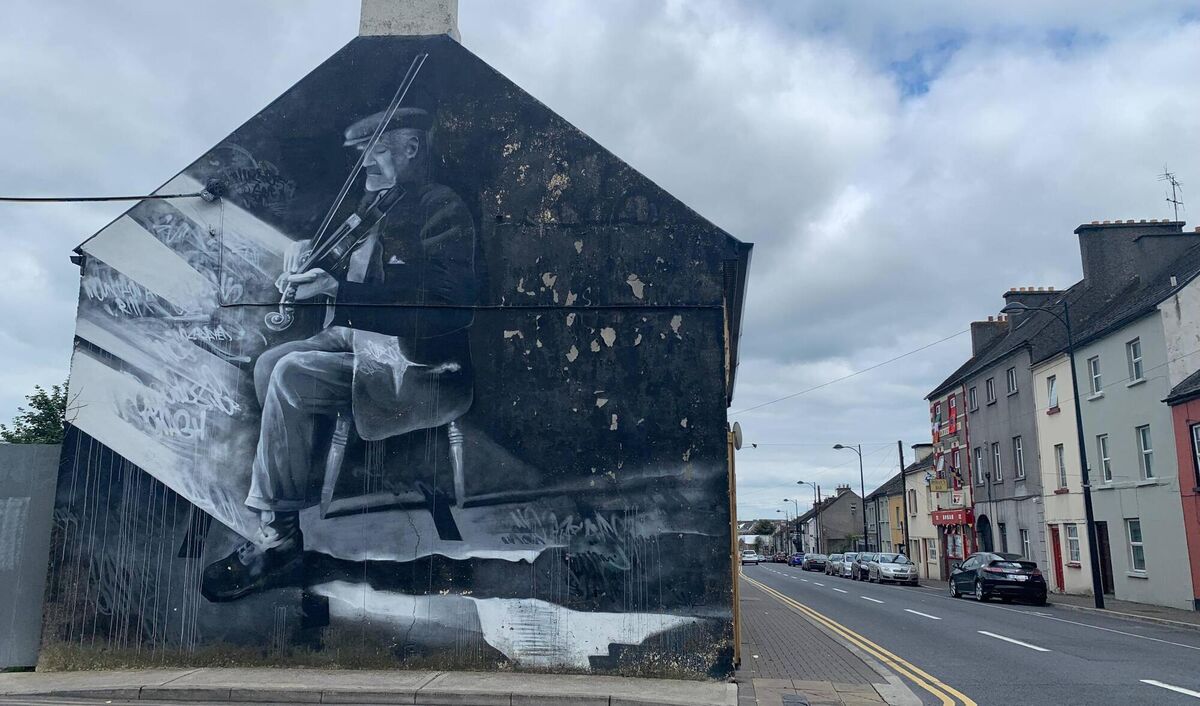
Mr O’Donoghue believes the Government should pay more attention to the issue: “It's all about priorities. There may be a lot going on right now, but what we have seen over the last three years is what can happen when the government prioritises an issue. And if you prioritise vacancy and dereliction, there will be progress made,” Mr O’Donoghue says. “And it’s an area that deserves to be prioritised, because there is a housing crisis. In this town, and every town in Tipperary,” he added.
So why is Nenagh dotted with vacant properties?
“In better times, people moved out of the town and out to estates at the outskirts,” Mr Morris says. Currently, there are four properties on the Derelict Sites Register in Nenagh, while TCC is investigating or engaging with owners on 18 more.
A spokesperson for the council said the process of engaging with property owners has proven successful for TCC. Since 2019, issues surrounding seven properties have been remediated prior to their being placed on the register. A further four properties in the town have also been removed from the Derelict Sites Register since 2019.
One building still on the register is Nenagh’s military barracks, the first thing every local raised when discussing dereliction. The condition of the building has worsened significantly over the past ten years, particularly due to some of the large storms that have hit it. Mr Morris, who would like to see the site turned into a nursing home, freeing up property in the town’s hinterland, says the fate of the site lies in the hands of the Department of Defence.
In response to a query from the , a spokesperson for the Department of Defence said that matters relating to the disposal of Nenagh Barracks are currently being progressed, in accordance with Government policy, but that there are outstanding legal matters to be resolved.
“Officials in the Department of Defence are in the process of regularising outstanding legal matters relating to the property with the assistance of the Chief State's Solicitor's Office. It is the intention to dispose of the property when the outstanding legal matters have been resolved,” they added.
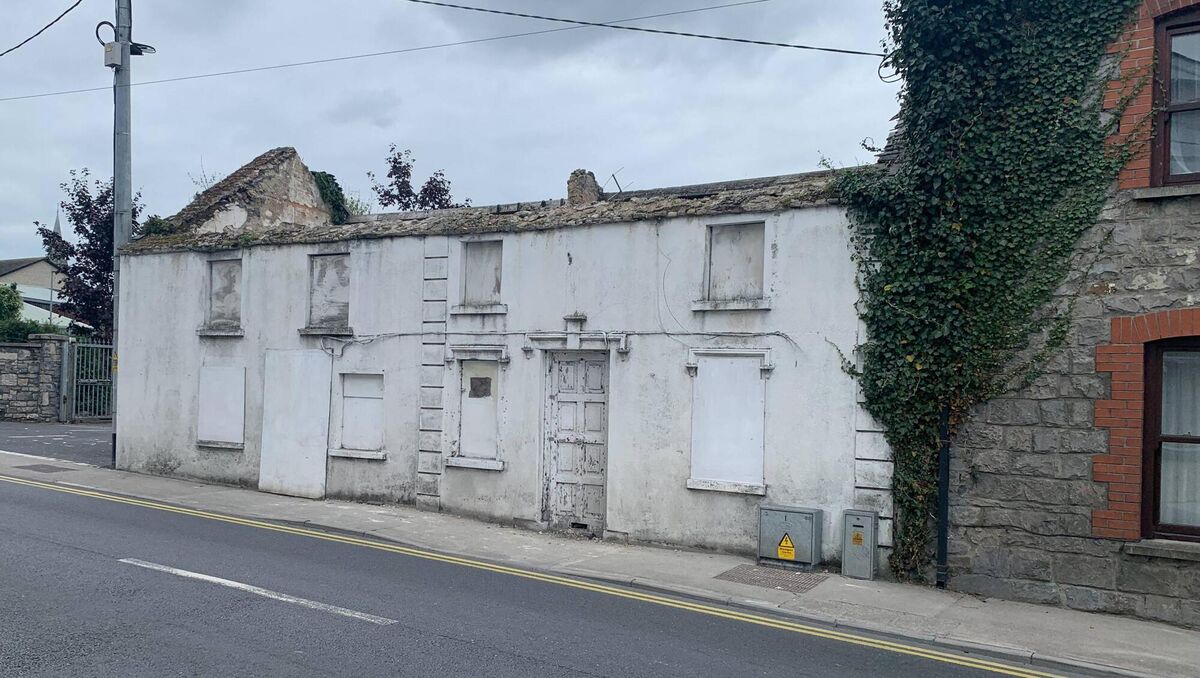
Not everyone wants this historic building torn down; Michael Reynolds, a local historian, has started a petition to save it: “Many locals in Nenagh would like to see the Barracks preserved if possible, though it is in a very derelict state, unfortunately. The petition has over 410 signatures so far,” Mr Reynolds says.
Used in the past by British forces, local IRA forces, and the Irish Free State Army, Mr Reynolds stressed the site’s historical importance:
“It should be turned into a military museum for the town. The site should not be demolished and turned into housing or a car park, as this can be done anywhere in town. There is only one historic site like this in the town for military history,” he added.
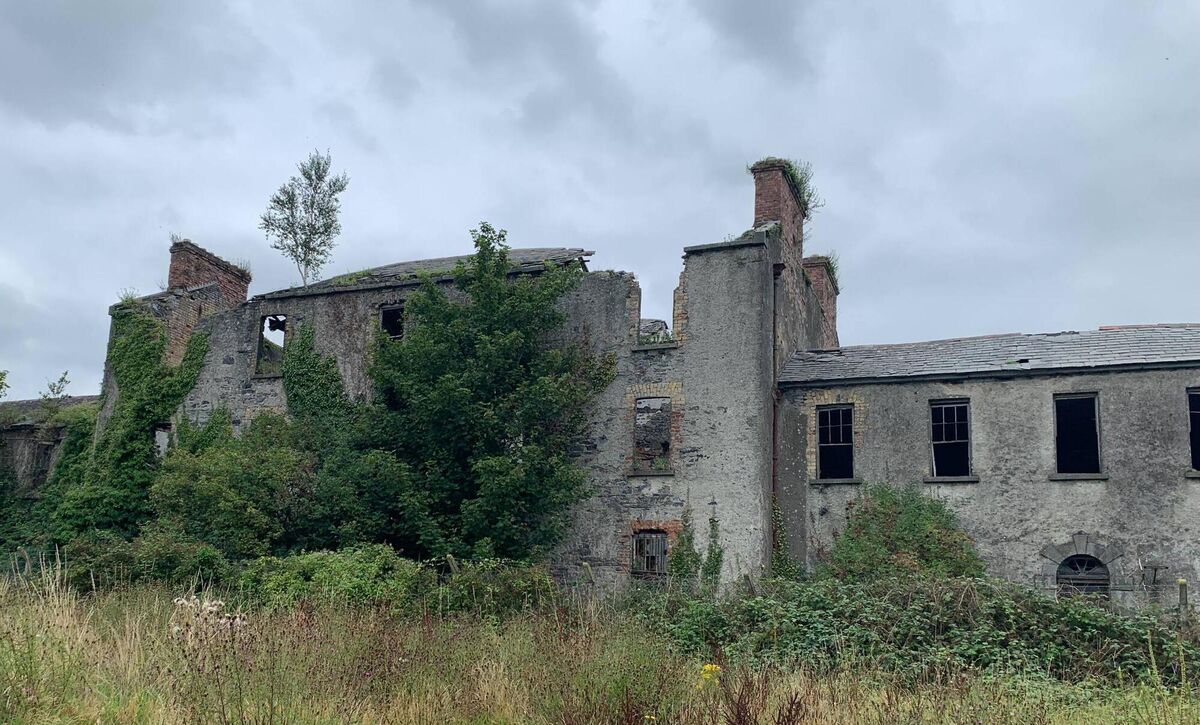
There's a hope that Carrick-on-Suir is the early bird that caught the worm. Before the pandemic, the town, located on the border of Tipperary, Waterford, and Kilkenny, and once the base of tanning and milling industries, began turning towards remote working arrangements as a method of bringing life back to its town centre.
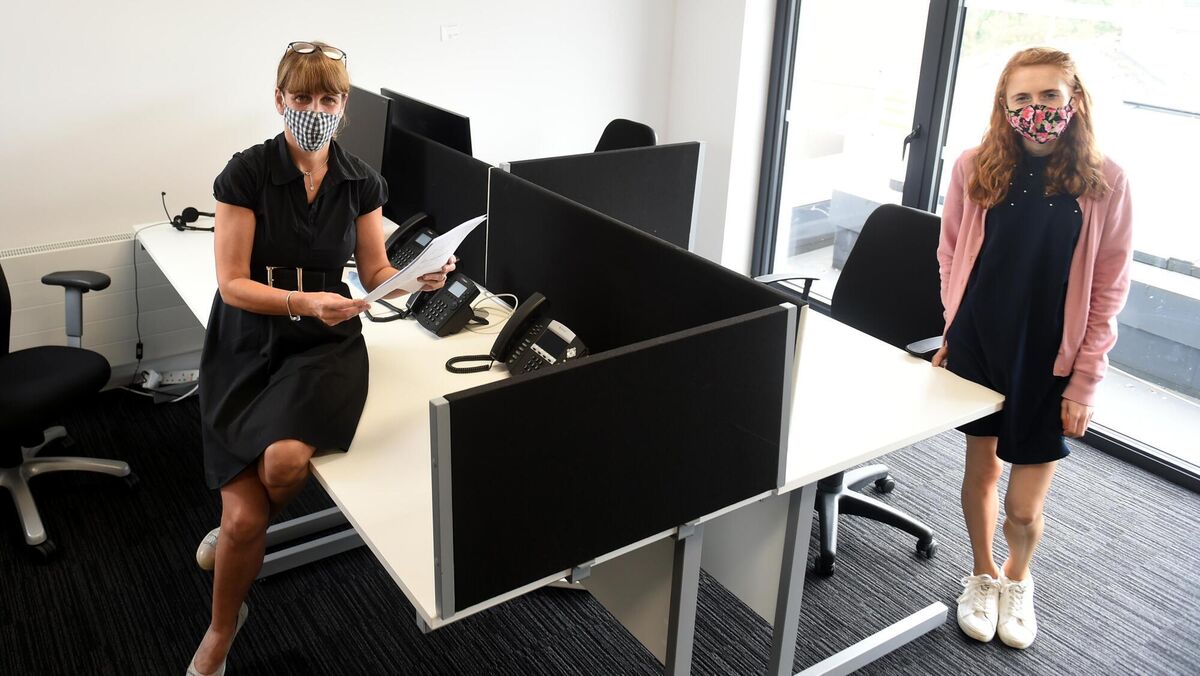
Its Stable Lane Digital Hub, opened last year following a renovation of Carrick's Town Hall, provides over 25 spaces and will be followed by two further co-working offices in the months to come.
Rachel Alders is among the beneficiaries. While she had previously been commuting to Waterford, where she works in sales, Stable Lane has allowed her to stay local and gives her more time with her infant girl too, she says:
As with Stable Lane, future hubs will be based off the town centre, with the third mooted to move into the old post office at the top of Main St, a site that has lain idle for several years.
"You have to look at what Carrick has to offer people now," says Aisling O'Connor, the manager of Stable Lane. "The town's a short drive from the likes of Waterford and Kilkenny but you also have amenities like the Blueway [walk and cycle route], plus the Comeraghs and Sliabh na mBan too. There's a lot there to give someone on their doorstep."
Ms O'Connor came from a similar co-working space in Dungarvan, and she says that, as with many such offices, the clients tend to be people who are working for companies based in the likes of Dublin and Cork.
The hubs are one way of holding on to people and rejuvenating the town, explains Maurice Power, an accountant and member of the Carrick-on-Suir Tourist and Economic Development Committee:
The group is on a fundraising drive, attempting to attract investment from the diaspora, having spent €60,000 on networking during the recession to muscle its way into conversations.
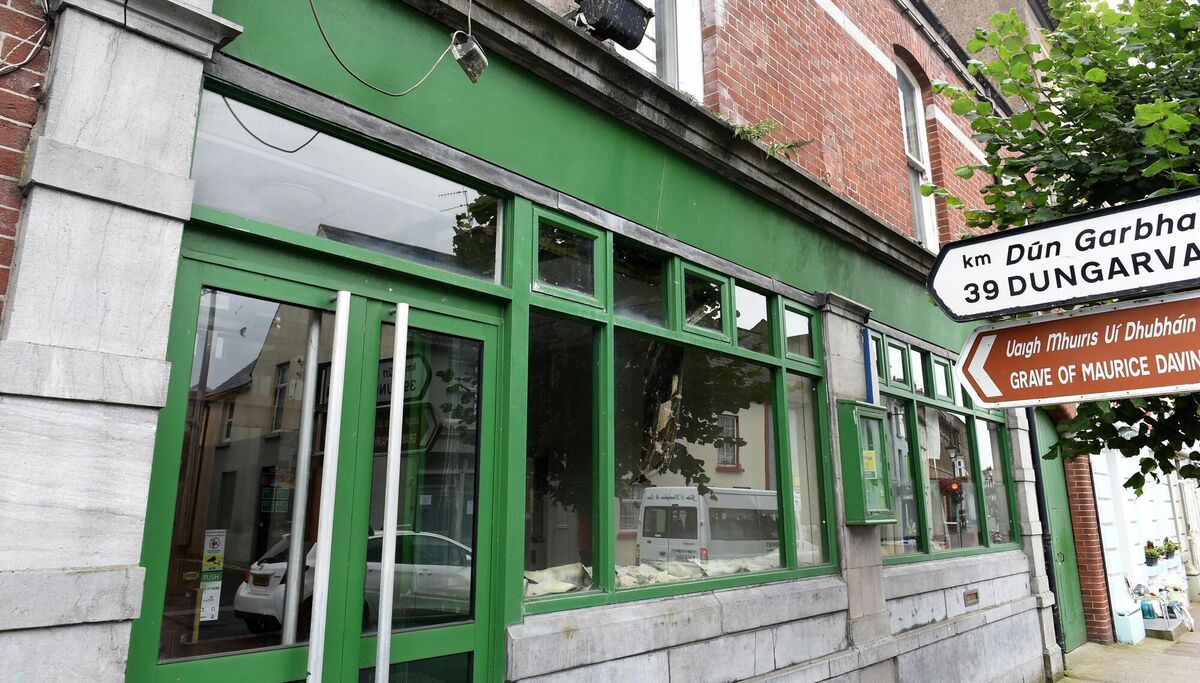
There are 55 commercial vacancies in Carrick, along with 39 vacant residential properties. The total number of vacant commercial properties on O'Connell St stands at 19 — almost a sixth of the town's entire total of commercial vacancies which stands at 127.
When the visited, there were roughly a dozen vacant properties on the Main St, although work was being undertaken on some. It appeared people were living above some, otherwise empty, shop units. This tallies with information from the council, which said there are 18 vacant units either completed or under renovation at present in Carrick.
Seamus Campbell, manager of Meaney's Shoes, which dates back to the 1800s, says that, while the town suffered during the recession, it is now seeing local policies of the past decade bear fruit: "We resisted doughnut development [developing around the outskirts], something that other towns did embrace and I think we're starting to see the benefits of that," he says.
There are still large empty buildings on the outskirts and off the centre of Carrick; on the north quay, one vast former warehouse and grain store lies empty and has been a target recently for fires and rubbish burning, while a purpose-built retail centre on the edge of town has been empty for a decade, when a deal with department store Heatons fell through.
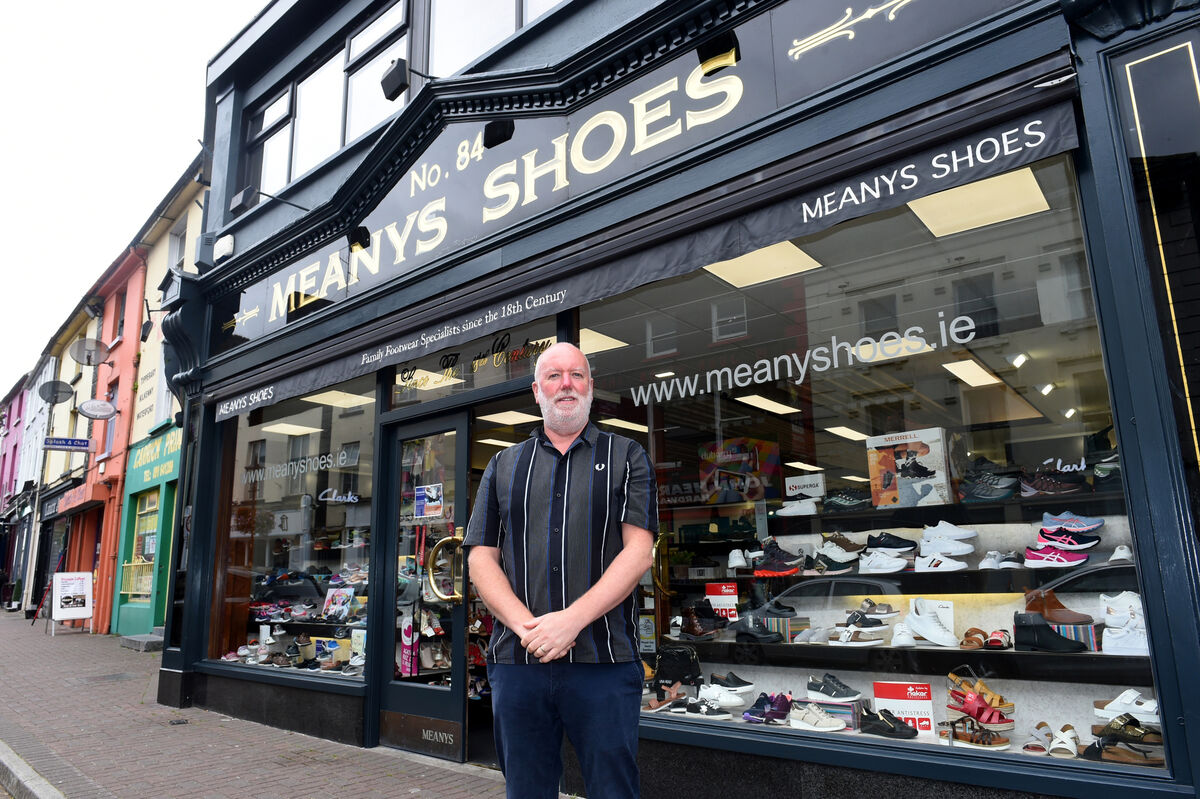
Some spaces have been filled in recent times, with Jennifer O'Loughlin's 'Keep Coffee' taking up a space once held by the long-departed XtraVision.
"It's a neglected space, this side of town, it's on the N24 right across from the garda station and courthouse, so it would be busy and we figured it would be a good space to move into," Ms O'Loughlin says, explaining why her family's business decided to expand from its home setting of Cahir. "It's been a labour of love getting the building together but it's paying off."
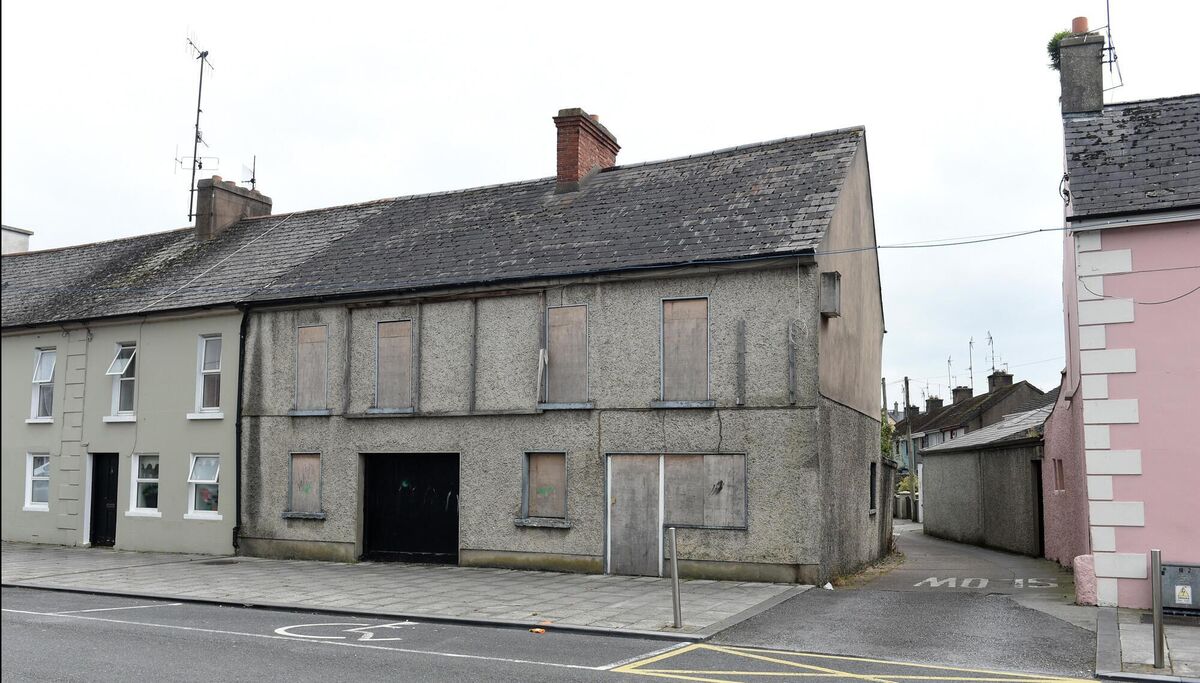
Local councillor David Dunne is among those happy to see the space taken up, as without the cafe any passing traffic through the town simply saw "an eyesore of an empty space".
He highlights the town's Kickham St, where numerous vacant buildings stand and finds that where pressure is sometimes applied by the council on owners of idle property, "some remedial works or a 'to let' sign goes up but very little happens with the property long term".
“If you were to talk to anyone in their 50s, and upwards, who lived inside in Tipperary town, they will tell you how great the '80s were,” says local councillor Tony Black.
He goes on to say that you would have to get to a pub by 5pm if you wanted a seat, with bars full of people every night of the week, or that’s how the stories go. Mr Black wasn’t around in the 1980s, and the Tipperary town now is a very different place.
With closures of major employers such as Atari and Tambrands, and an increase in locals commuting to the nearby hubs of Limerick and Clonmel, footfall in the town has declined, resulting in many businesses shutting up shop for good.
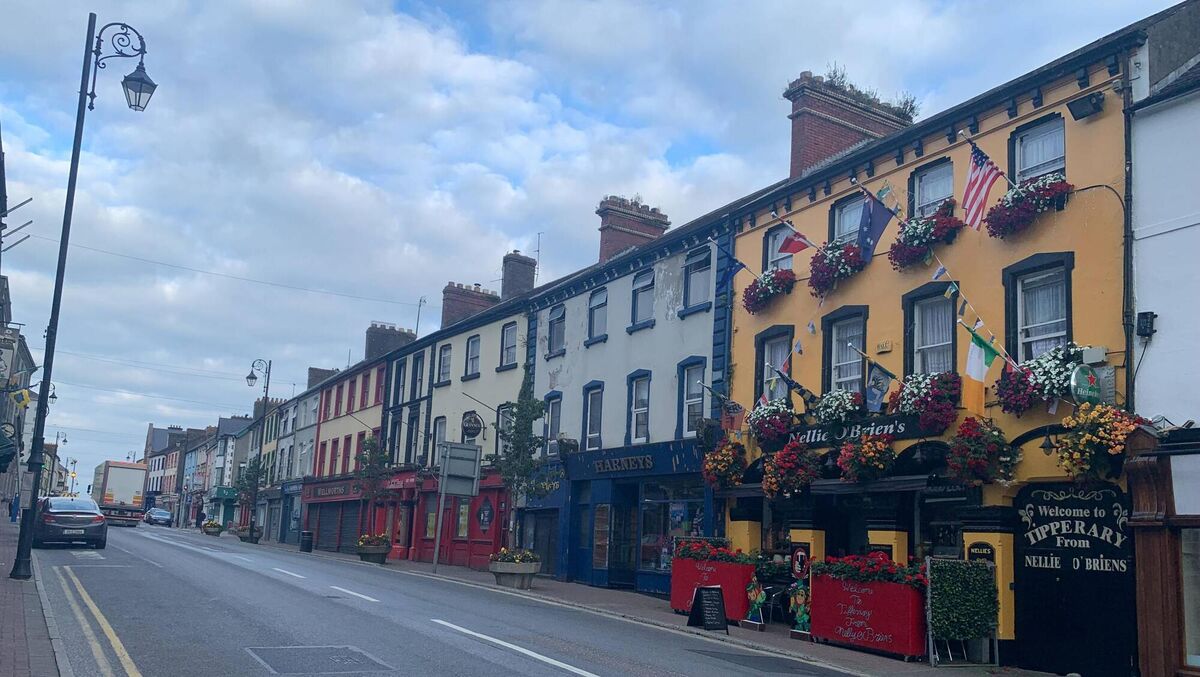
With a current population of just under 5,000, the proud 19th-century market town, located in the western part of Co Tipperary, now has a vacancy rate of 20%, rising to 31% when only counting retail, and a total of 87 vacant buildings in the town centre alone.
This information was gathered by the Collaborative Town Centre Health Check through Alison Harvey and the Heritage Council in a 2020 survey.
Michael Begley, Tipperary Town Revitalisation Taskforce project manager, says that, due to the loss of these industries, the town has experienced “some very hard times” — with several areas suffering from very high unemployment and social exclusion.
“This has had a knock-on effect on Main St, which suffers from an alarmingly high commercial vacancy rate as many traditional businesses in the town have closed and not been replaced,” Mr Begley added.
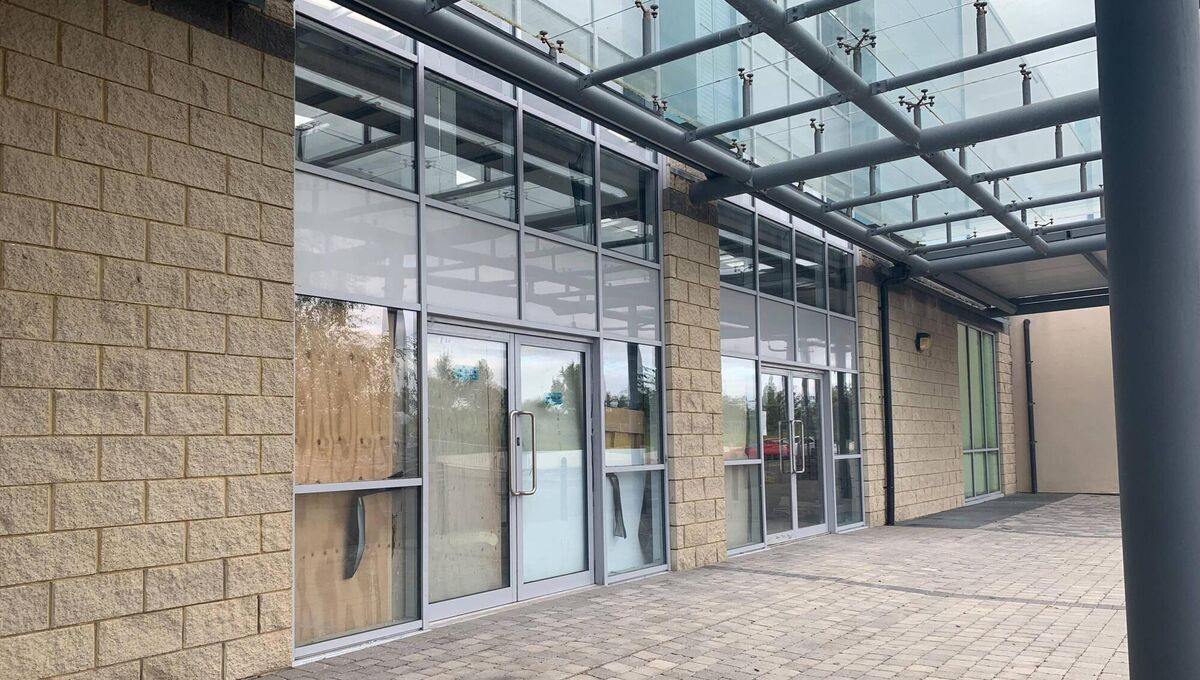
Tony Black also notes a fall of businesses that would have once been essential to a town, and now, due to changes in time, have become obsolete.
“A lot of occupations have just died away. I have a friend who was running a cobbler shop for years. He took it over from his dad who had taken it from his grandfather before him. He had to just close the shop because there was no demand for his services anymore.”
“I’ve another friend who was a baker. And he closed because there was no demand for that either. It’s just how things have changed,” Mr Black added.
The issue, according to Mr Begley, has been exacerbated by the main N24 Limerick to Waterford route running clean through the heart of the town, with up to 10,000 daily traffic movements “choking up” the main street. This is now preventing the development of Tipperary as a ‘living town’, Mr Begley says:
Much like Nenagh, vacancy remains more of an issue in Tipperary Town than dereliction. There is only one site in the town on the Derelict Sites Register. However, there are 23 other properties that the council is engaging with owners on, or investigating.
Figures released by Tony O'Neill, the local authority’s vacant homes officer, show 70 residential vacancies and 88 commercial vacancies in the town.
There have been some recent success stories. A council spokesperson points out a ghost estate on the edge of the town that lay unfinished for many years with only one occupied house. This has now been completed, with 28 new housing units developed around the original central green.
But, like many other towns in Ireland, Tipperary Town has another, seemingly contradictory problem — a lack of housing. A look on Daft.ie shows that there are 24 properties for sale and only one for rent in town. This is added to by large waiting lists for social housing in the area, Tony Black says.
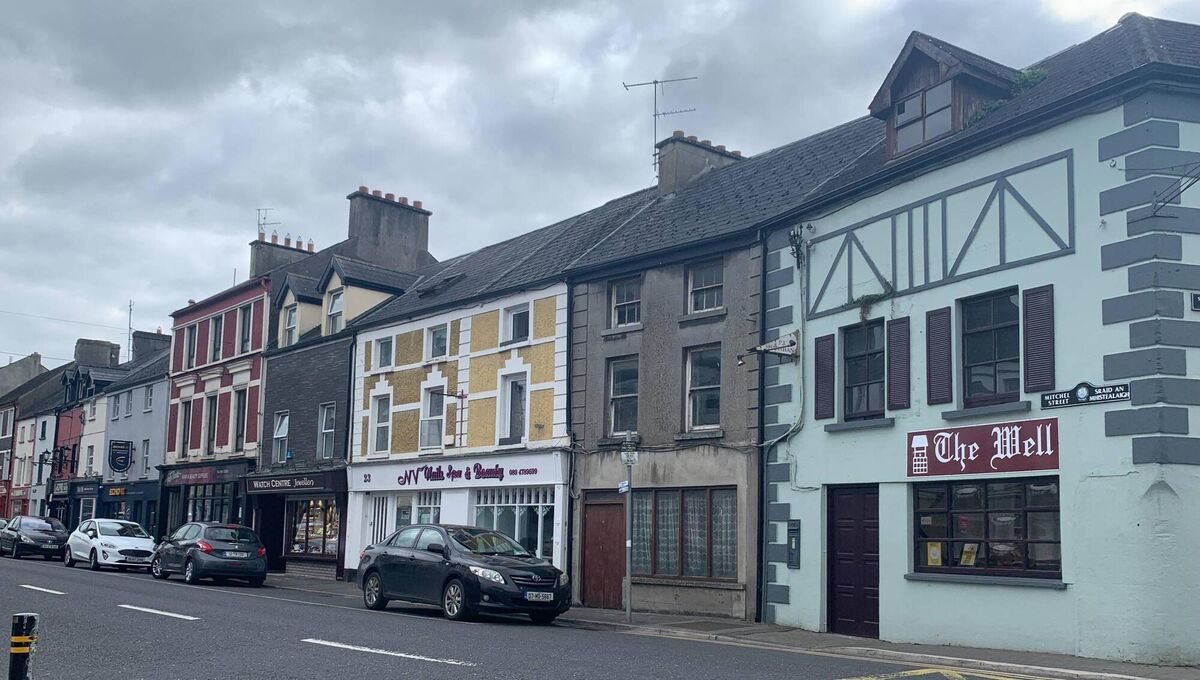
“There is a high demand for private rental and no supply. It is the very same for social housing. It's a real uphill battle for a local authority and for our national politicians to try to solve issues like this, not only in Tipp town but across the board. I have people ringing me every day, saying they have been accepted for HAP, but they can’t find anywhere, so they are still living in their mother’s sitting room — sleeping on the couch,” he added.
Local businesswoman and independent councillor Annemarie Ryan says that empty buildings and vacant properties impact a town centre negatively in many ways.
“It affects people's perception of the town, it negatively impacts the potential growth of your business and can deter other businesses from choosing to operate here,” she added.
According to Ms Ryan, people don't want to visit a town where there are lots of empty shop units and run-down residential premises.
“We want our town to be a welcoming and pleasant place to live, but in order to achieve this, we need mechanisms to reduce the number of empty properties. This would help to create a safe, clean and vibrant town centre.”
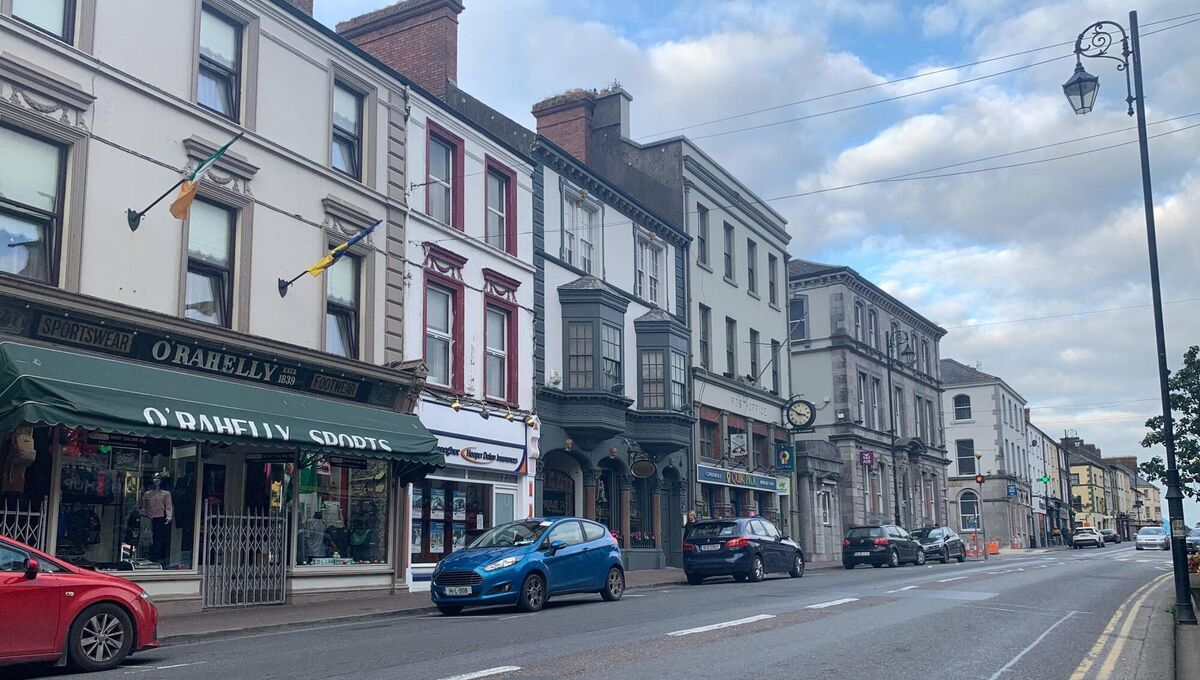
For Mr Black, the promised return of the “good times” seen in the 1980s and '90s is uncertain. With many, like himself, travelling to other areas to work, and therefore shop, many of these units may stay empty for years to come. He believes the town should move with the times, and conversations need to be had about changing some of these units from retail to residential.
“Look, some buildings would be considered protected structures. We have very active heritage groups in the town, who would likely be against that conversion. But the sad reality is that these units have often been empty a long time.
"The alternative is to leave them empty, and hope that some day they'll be used for heritage and tourism purposes,” he added.
“So these discussions need to happen. And you can involve all the key shareholders, be it heritage groups and the revitalisation groups because that's where you get your ideas from."





